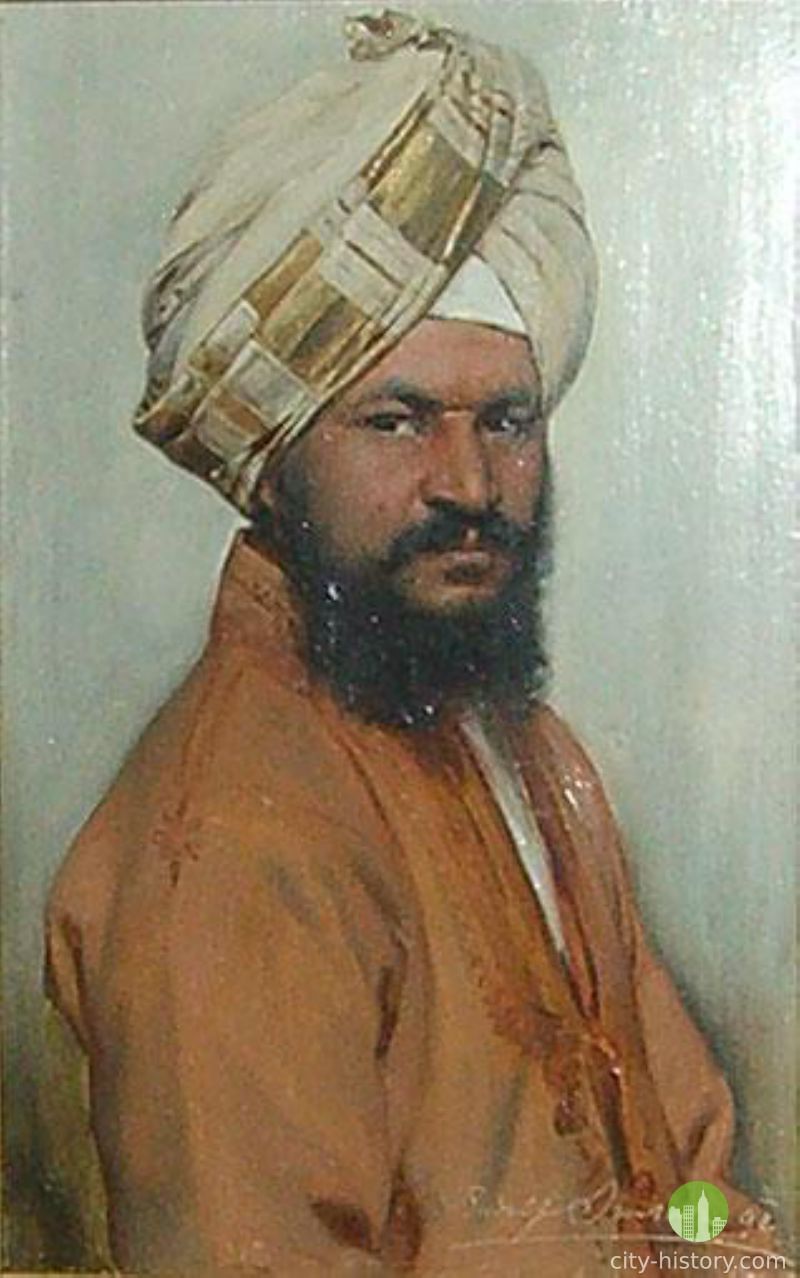
Bhai Ram Singh - An Unforgettable Architect Of Lahore
Apart from the walled city and some Mughal buildings that existed earlier, the rest of the city was built in terms of what he designed.
He designed the Chiefs College (Aitchison College), Lahore Museum, the Mayo School of Arts (National College of Arts), Punjab University Senate House and scores of other buildings including DAV College and Canopy at Chairing Cross. He was the chief designer of buildings in Punjab in those years, and the man who built them was Sir Ganga Ram. Between the two of them, they shaped pre-1947 Lahore.
Ram Singh, born 1st August 1858, to the Ramgarhia Sohal family at village Rasulpur, near Batala, district Gurdaspur, India, created a remarkable set of buildings in Lahore, Amritsarand other cities of the Punjab. His education, training and achievements illustrate the colonial environment in which a native Sikh boy of genius had the tenacity to surpass his British masters. By the age of sixteen he was sufficiently accomplished as a master craftsman, carpenter, to be called upon by the Deputy Commissioner’s wife to carryout the delicate and challenging work of repairing a piano. His expertise and talent was spotted by amember of the British bureaucracy, which led to his enrollment as a student in the LahoreSchool of Carpentry established in 1874. John Lockwood Kipling, a sculptor and painter,trained in London and working in Bombay at the time, arrived in Lahore to set up the Mayo School of Industrial Art and students of the Carpentry School were enrolled as its first class.With a remarkable clarity of vision Kipling sought to integrate European Art theory with a thorough study of the extant Indian heritage of art and architecture. Ram Singh, as Kipling’s star pupil, never abandoned his traditions nor did he turn away from contemporarychallenges of architecture and thus integrated the two in a creative and magnificent manner.On completion of his studies, Bhai Ram Singh worked at the Mayo School as a teacher and also participated in all the practical work that the School was commissioned to do.His designs in woodwork won prizes in various exhibitions, and, at the young age of 28 years, he was declared a co-winner with the famous architect Col. Swinton Jacob, in anall-India competition for the design of the Aitchison College, Lahore. He was commissioned by Queen Victoria to design her Durbar Hall, and she was so delighted with his work that she asked her court artist, Rudolph Swoboda, to paint Ram Singh’sportrait. The portrait now hangs in the lobby of the Durbar Hall, Osborne House. Bhai Ram Singh rose to be the first native Principal of the Mayo School in1909, and afterserving for four years retired in 1913.
Bhai Ram Singh passed away in 1916. His impact on the architecture of the Punjab, and Lahore in particular, can be gauged by the fact that all buildings of the first half of 20th Century carry echoes of his design. Ram Singh’s buildings, Aitchison College, the Mayo School of Arts, the Lahore Museum, the Punjab University Hall, the boarding house of the
Government College, the Albert Victor Hospital and other buildings in the Medical College complex show an integrity of design with a masterly handling of the details of construction, in proportion, texture and rhythm. Whether it is the mundane feature of the Albert Victor Hospital porch, or the soaring tower of the Punjab University, the lofty domes of the Museum, or the grandeur of Aitchison College, Ram Singh imparts to his building that touch of genius that differentiates the ordinary from the truly inspired works of art. His use of the rope motif, the stylized animals, the variation in levels to play with the strong sun of Lahore and the resultant chiaroscuro effects of light and shade, give his walls a life of their own. The walls change with the sun, now shining with strong light and later brooding in the setting sun, they convey messages so typically Indian in their complexity of emotions strongly attached to nature and its vagaries.
Comments